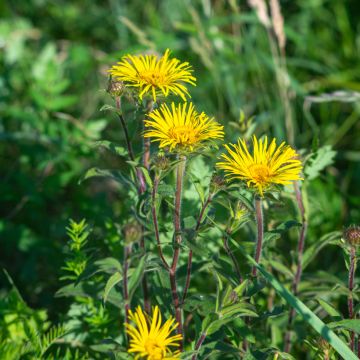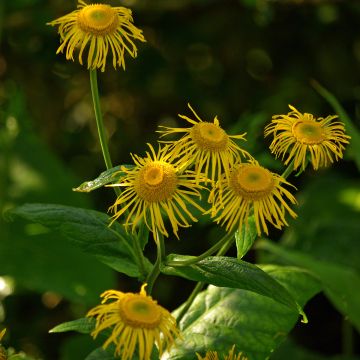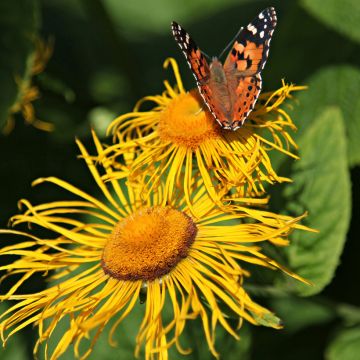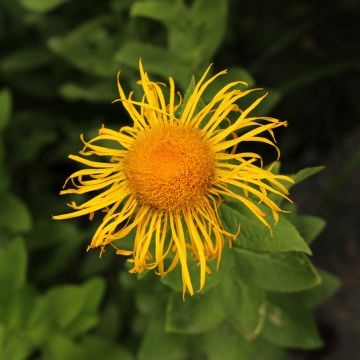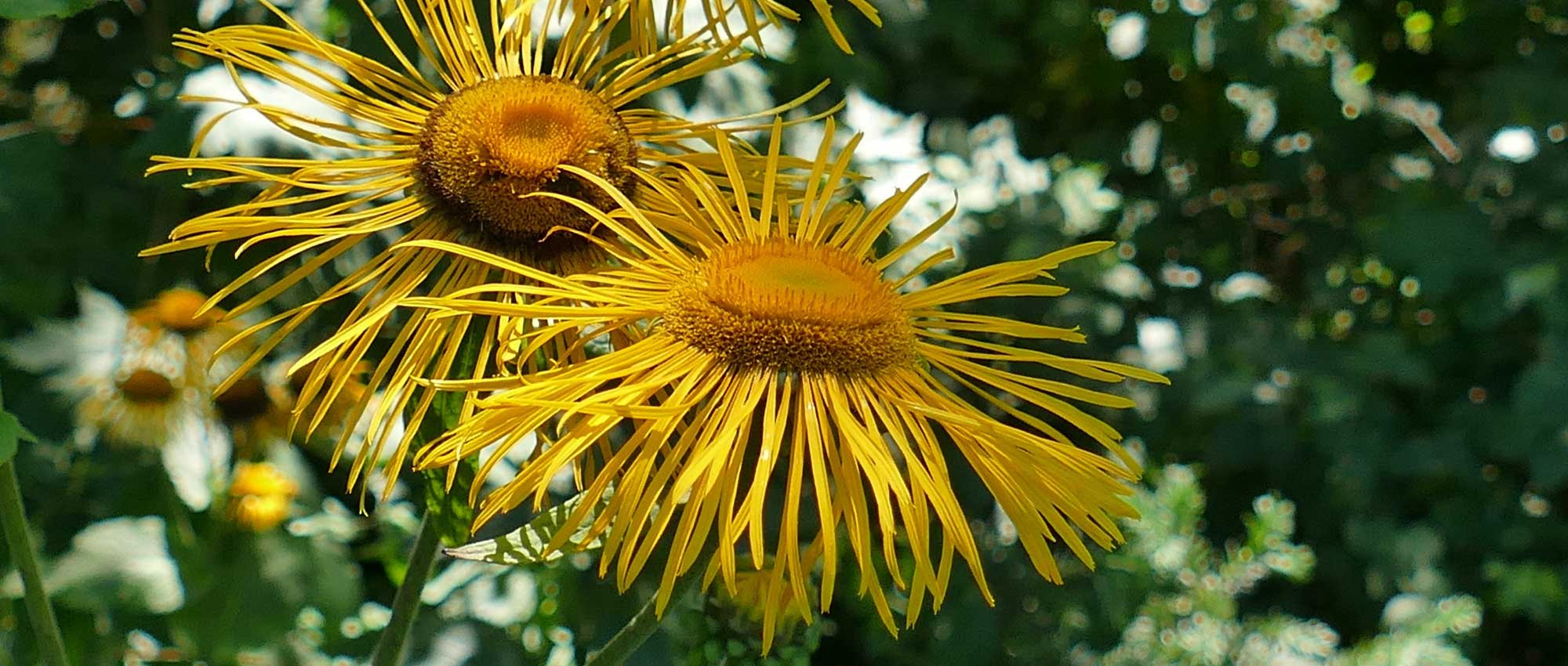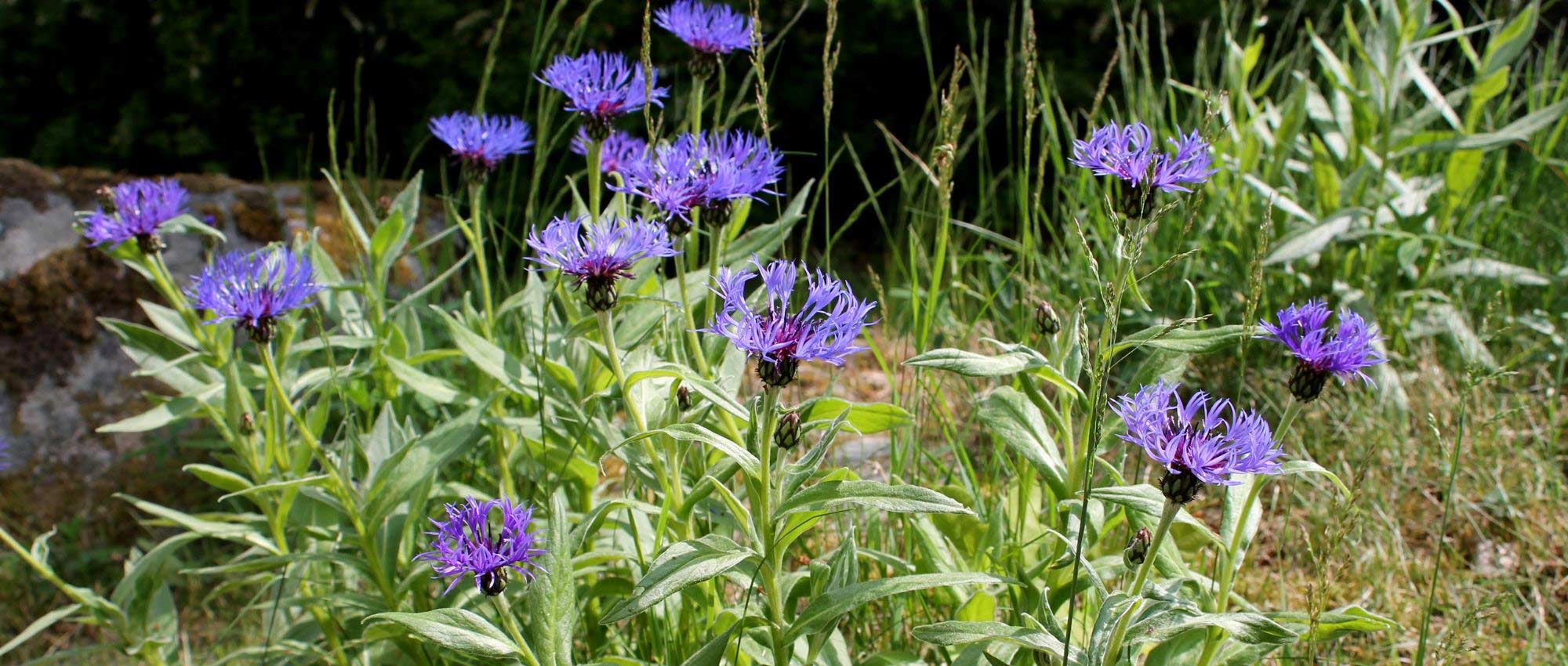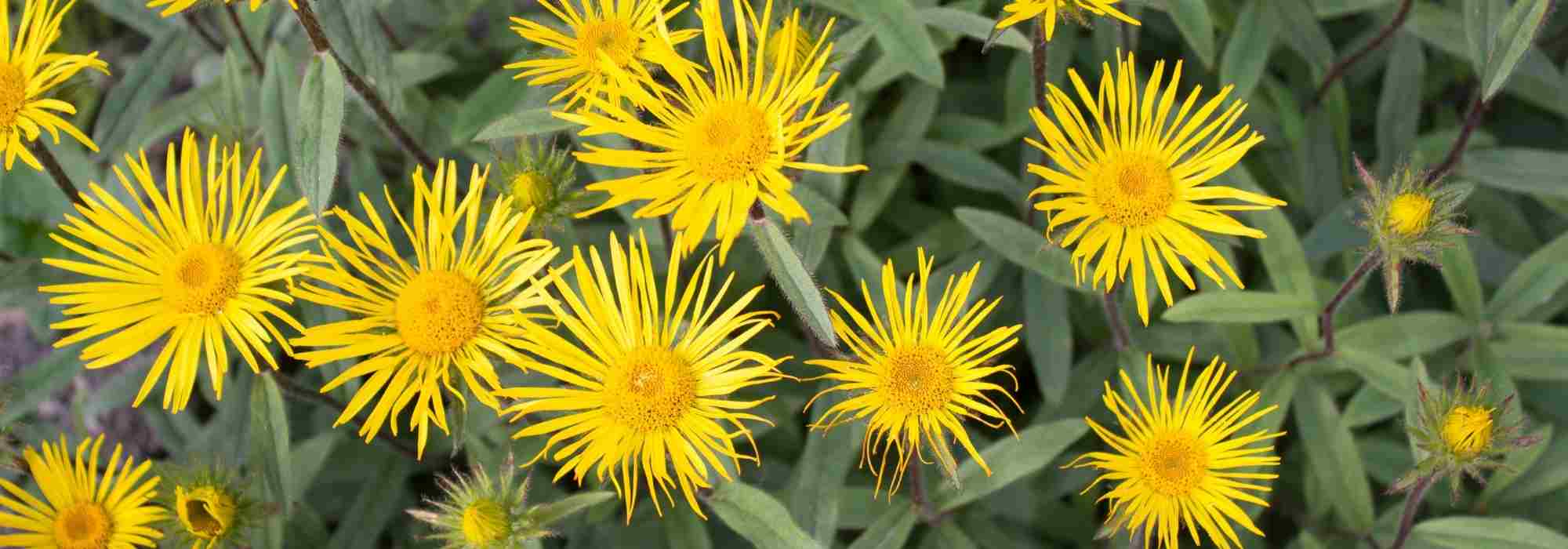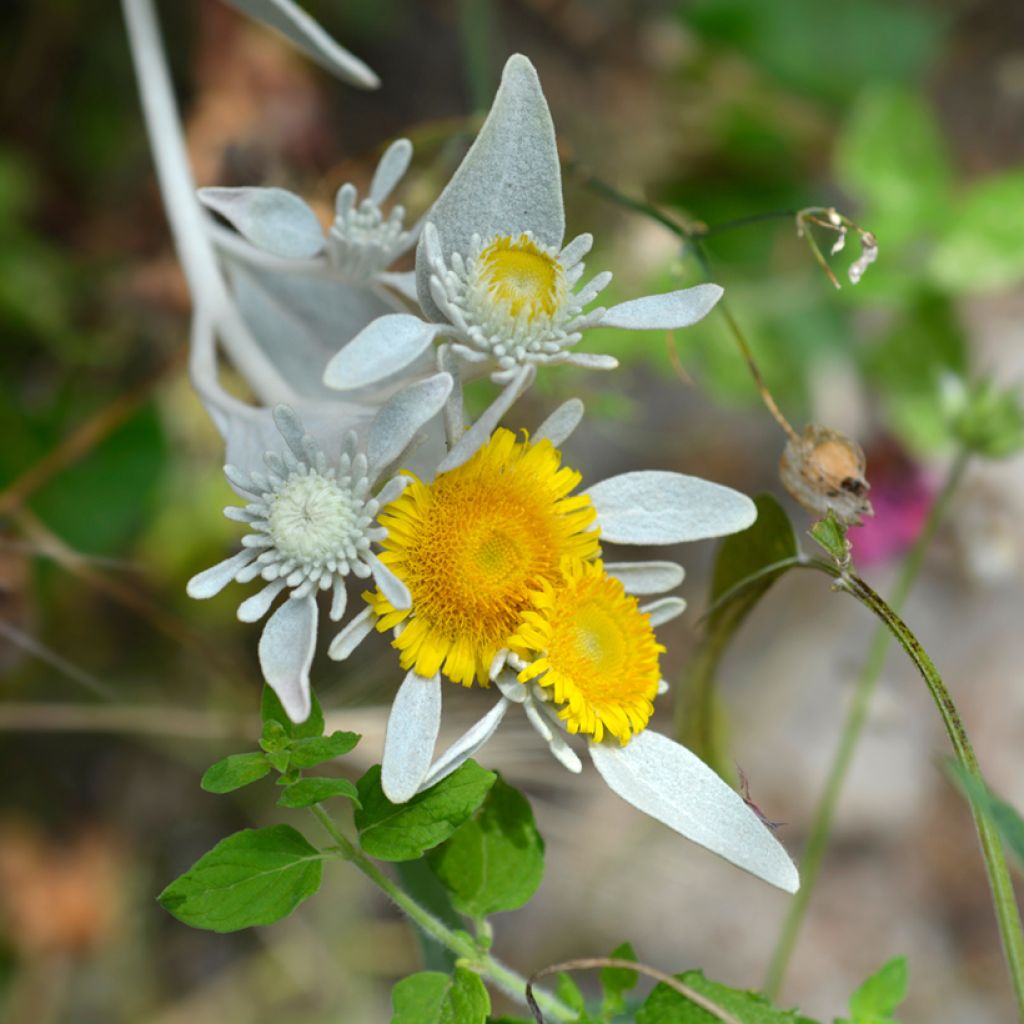

Inula candida subsp. verbascifolia
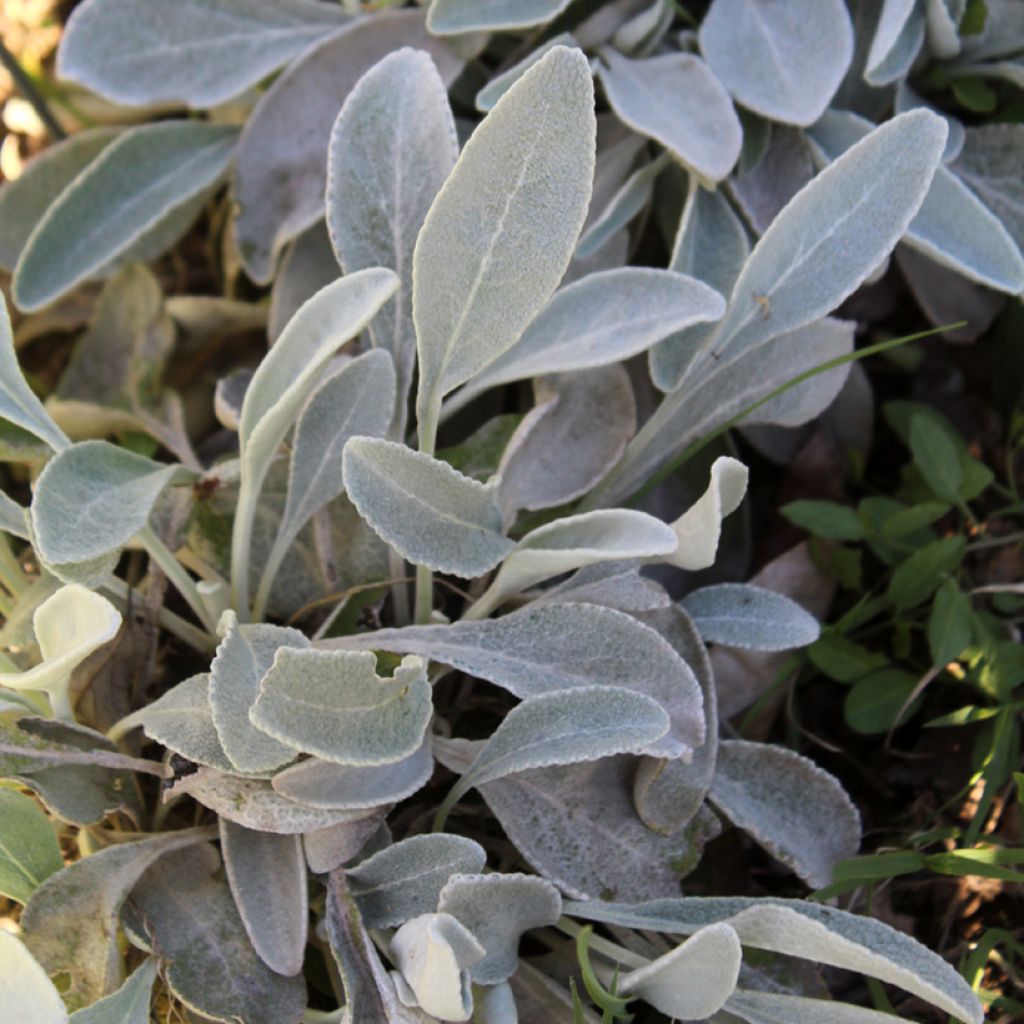

Inula candida subsp. verbascifolia
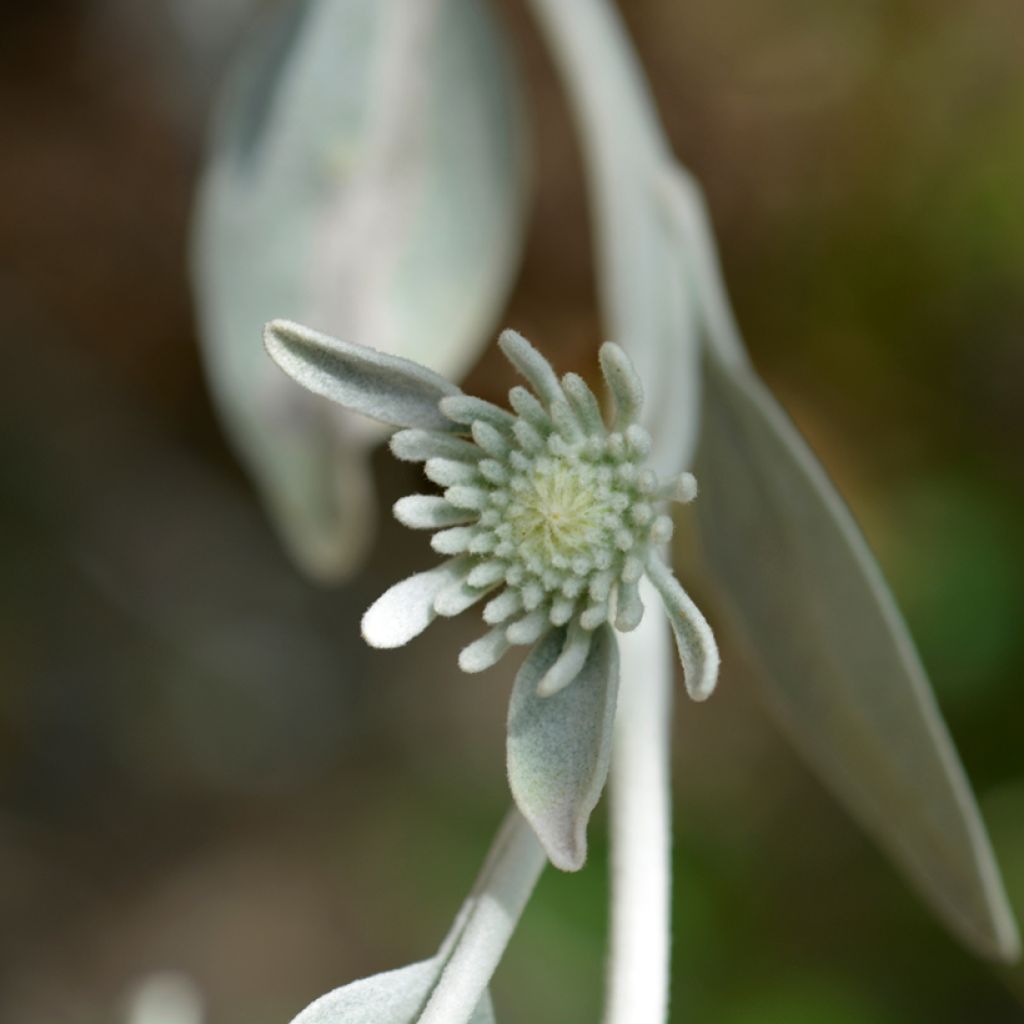

Inula candida subsp. verbascifolia
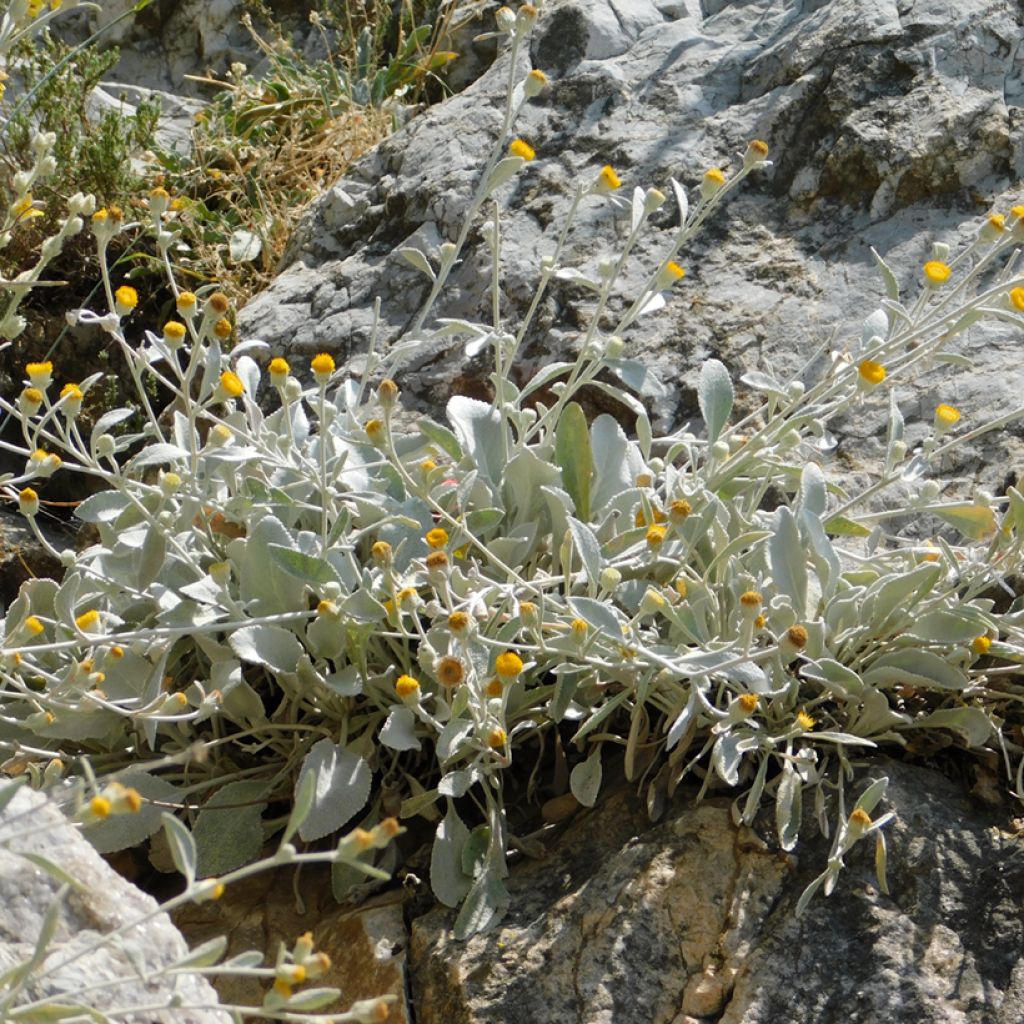

Inula candida subsp. verbascifolia
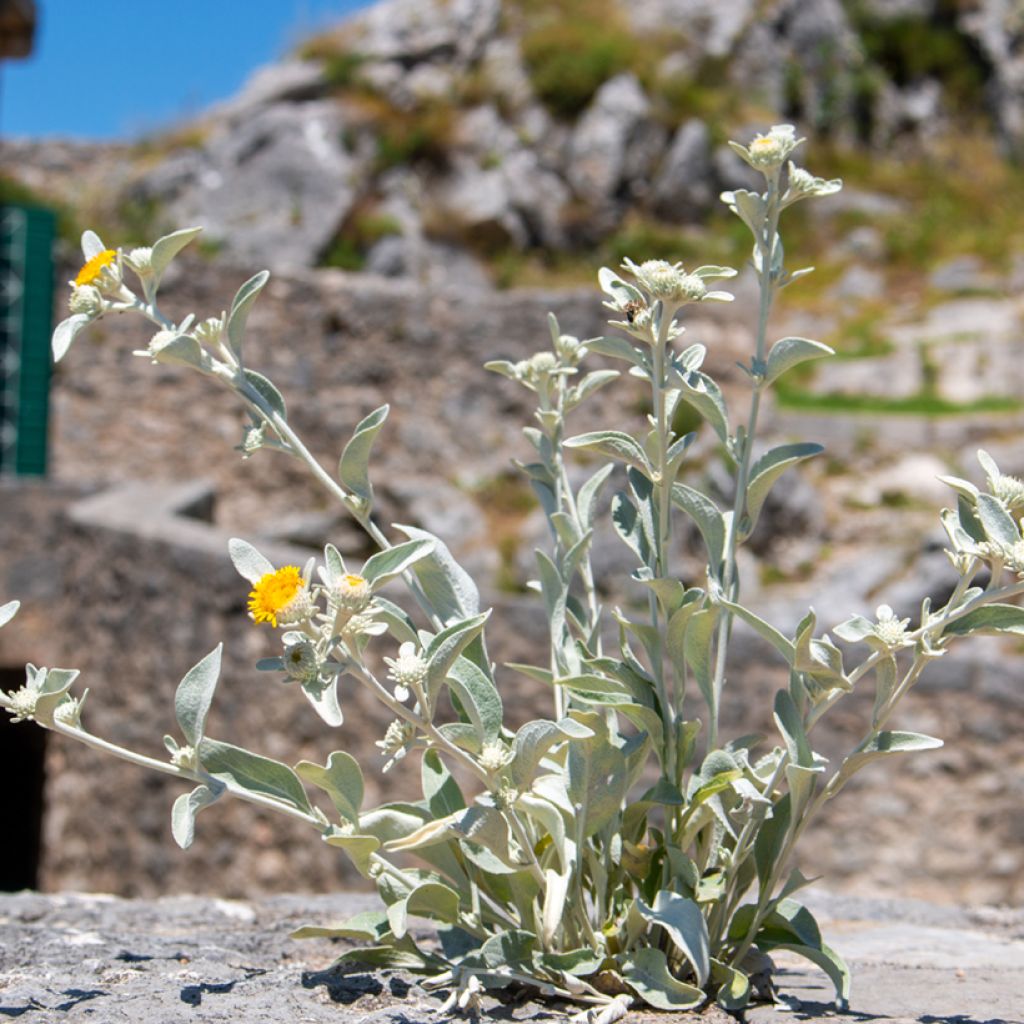

Inula candida subsp. verbascifolia
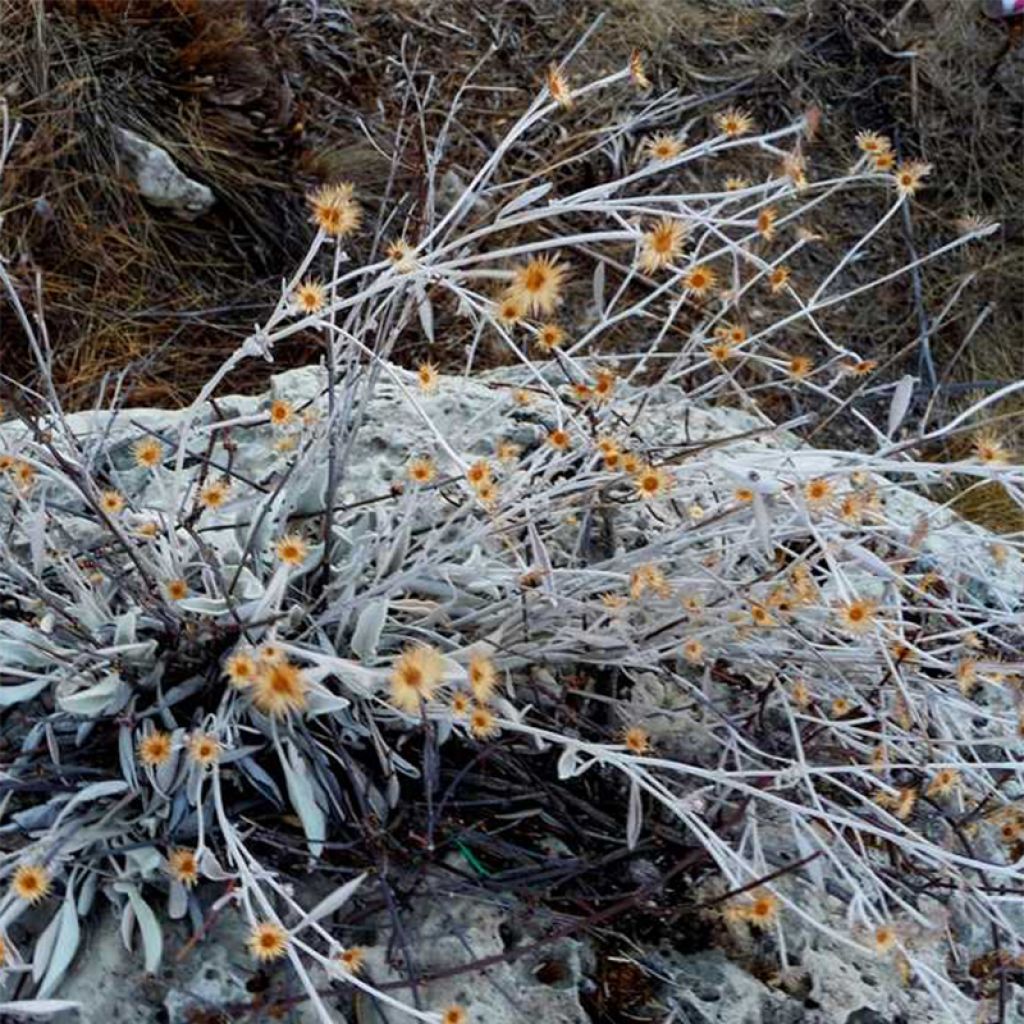

Inula candida subsp. verbascifolia
Inula candida subsp. verbascifolia
Inula candida subsp. verbascifolia
Inula bocconeiInula, candida verbascifolia
Special offer!
Receive a €20 voucher for any order over €90 (excluding delivery costs, credit notes, and plastic-free options)!
1- Add your favorite plants to your cart.
2- Once you have reached €90, confirm your order (you can even choose the delivery date!).
3- As soon as your order is shipped, you will receive an email containing your voucher code, valid for 3 months (90 days).
Your voucher is unique and can only be used once, for any order with a minimum value of €20, excluding delivery costs.
Can be combined with other current offers, non-divisible and non-refundable.
Why not try an alternative variety in stock?
View all →This plant carries a 12 months recovery warranty
More information
We guarantee the quality of our plants for a full growing cycle, and will replace at our expense any plant that fails to recover under normal climatic and planting conditions.
Does this plant fit my garden?
Set up your Plantfit profile →
Description
Inula candida subsp. verbascifolia is a small perennial plant from the aster family native to southeastern Europe where it is found anchored in rocky areas and limestone scree, up to altitudes of 800m (2,625ft). This species is interesting for its attractive evergreen foliage, which is white to grey and covered in fine hairs, its flowers that resemble tiny yellow daisies, and its great drought tolerance. Little known to gardeners, this plant deserves to be tried in a rocky setting, in regions without very harsh winters.
Inula candida subsp. verbascifolia (syn. Pentanema verbascifolium) is naturally present in the coastal areas of the Balkan Peninsula, southeastern Italy, and Anatolia. In nature, this small plant is found in rock crevices, between stones in old walls, in sunny or semi-shaded places. It first forms rosettes, then prostrate or curved stems, ramified at the base, more or less leafy, the entire cushion measuring about 15cm (6in) in height and 20cm (8in) in width. The leaves are ovate to lanceolate, the basal ones have long petioles, while those located in the upper part of the stems are smaller and almost petiole-less. The stem and leaves are hairy, the latter are almost white when they first emerge, then become more greyish. Flowering begins around June and generally ends in August. The small flowers are organised in 1cm (0,4in) diameter heads. Each head has outer florets in the shape of bright yellow tongues around a centre composed of orange tubular flowers. The seed heads are tufted. A sun-loving plant of rocky or stony soil, preferably limestone, it is very drought-resistant and hardy down to -12°C (10.4°F) at its lowest. The Latin name of this species, candida, comes from the light colour of the foliage. The name of the subspecies, verbascifolia, refers to the similarity of the leaves with the leaves of certain mulleins (Verbascum).
Inula candida subsp. verbascifolia will be satisfied with poor soil, similar to what it encounters in its natural habitat. Plant it between the stones of a rockery or rock garden, with Centaurea ragusina, Tanacetum haradjanii, Euphorbia myrsinites, Erigeron karvinskianus, or the entire range of Delosperma.
Inula candida subsp. verbascifolia in pictures
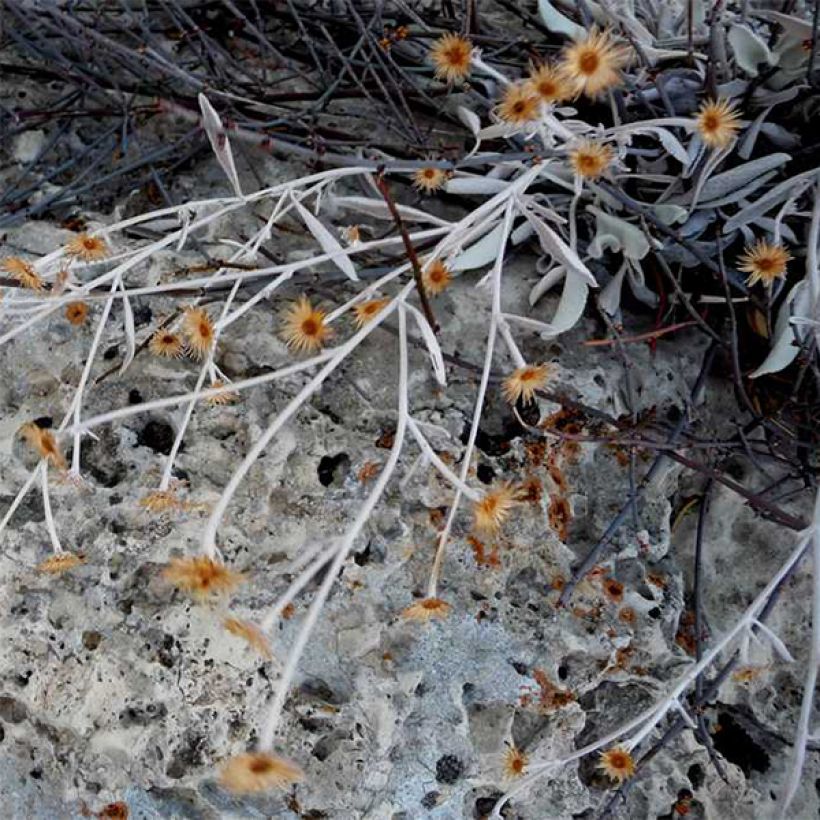





Flowering
Foliage
Plant habit
Botanical data
Inula
candida subsp. verbascifolia
Asteraceae
Inula bocconeiInula, candida verbascifolia
Pentanema verbascifolium, Inula verbascifolia
Southern Europe
Other Inula
View all →Planting and care
Inula candida is best planted in the sun or, at most, in partial shade, in a very well-drained, poor, even dry to very dry soil in summer, stony, ideally in a rockery. It tolerates limestone soils well. Under these conditions, this plant will withstand the cold, down to -12°C (10.4°F) at its peak for a well-established specimen. Once well-rooted, it perfectly withstands summer drought.
Planting period
Intended location
Care
Planting & care advice
This item has not been reviewed yet - be the first to leave a review about it.
Haven't found what you were looking for?
Hardiness is the lowest winter temperature a plant can endure without suffering serious damage or even dying. However, hardiness is affected by location (a sheltered area, such as a patio), protection (winter cover) and soil type (hardiness is improved by well-drained soil).

Photo Sharing Terms & Conditions
In order to encourage gardeners to interact and share their experiences, Promesse de fleurs offers various media enabling content to be uploaded onto its Site - in particular via the ‘Photo sharing’ module.
The User agrees to refrain from:
- Posting any content that is illegal, prejudicial, insulting, racist, inciteful to hatred, revisionist, contrary to public decency, that infringes on privacy or on the privacy rights of third parties, in particular the publicity rights of persons and goods, intellectual property rights, or the right to privacy.
- Submitting content on behalf of a third party;
- Impersonate the identity of a third party and/or publish any personal information about a third party;
In general, the User undertakes to refrain from any unethical behaviour.
All Content (in particular text, comments, files, images, photos, videos, creative works, etc.), which may be subject to property or intellectual property rights, image or other private rights, shall remain the property of the User, subject to the limited rights granted by the terms of the licence granted by Promesse de fleurs as stated below. Users are at liberty to publish or not to publish such Content on the Site, notably via the ‘Photo Sharing’ facility, and accept that this Content shall be made public and freely accessible, notably on the Internet.
Users further acknowledge, undertake to have ,and guarantee that they hold all necessary rights and permissions to publish such material on the Site, in particular with regard to the legislation in force pertaining to any privacy, property, intellectual property, image, or contractual rights, or rights of any other nature. By publishing such Content on the Site, Users acknowledge accepting full liability as publishers of the Content within the meaning of the law, and grant Promesse de fleurs, free of charge, an inclusive, worldwide licence for the said Content for the entire duration of its publication, including all reproduction, representation, up/downloading, displaying, performing, transmission, and storage rights.
Users also grant permission for their name to be linked to the Content and accept that this link may not always be made available.
By engaging in posting material, Users consent to their Content becoming automatically accessible on the Internet, in particular on other sites and/or blogs and/or web pages of the Promesse de fleurs site, including in particular social pages and the Promesse de fleurs catalogue.
Users may secure the removal of entrusted content free of charge by issuing a simple request via our contact form.
The flowering period indicated on our website applies to countries and regions located in USDA zone 8 (France, the United Kingdom, Ireland, the Netherlands, etc.)
It will vary according to where you live:
- In zones 9 to 10 (Italy, Spain, Greece, etc.), flowering will occur about 2 to 4 weeks earlier.
- In zones 6 to 7 (Germany, Poland, Slovenia, and lower mountainous regions), flowering will be delayed by 2 to 3 weeks.
- In zone 5 (Central Europe, Scandinavia), blooming will be delayed by 3 to 5 weeks.
In temperate climates, pruning of spring-flowering shrubs (forsythia, spireas, etc.) should be done just after flowering.
Pruning of summer-flowering shrubs (Indian Lilac, Perovskia, etc.) can be done in winter or spring.
In cold regions as well as with frost-sensitive plants, avoid pruning too early when severe frosts may still occur.
The planting period indicated on our website applies to countries and regions located in USDA zone 8 (France, United Kingdom, Ireland, Netherlands).
It will vary according to where you live:
- In Mediterranean zones (Marseille, Madrid, Milan, etc.), autumn and winter are the best planting periods.
- In continental zones (Strasbourg, Munich, Vienna, etc.), delay planting by 2 to 3 weeks in spring and bring it forward by 2 to 4 weeks in autumn.
- In mountainous regions (the Alps, Pyrenees, Carpathians, etc.), it is best to plant in late spring (May-June) or late summer (August-September).
The harvesting period indicated on our website applies to countries and regions in USDA zone 8 (France, England, Ireland, the Netherlands).
In colder areas (Scandinavia, Poland, Austria...) fruit and vegetable harvests are likely to be delayed by 3-4 weeks.
In warmer areas (Italy, Spain, Greece, etc.), harvesting will probably take place earlier, depending on weather conditions.
The sowing periods indicated on our website apply to countries and regions within USDA Zone 8 (France, UK, Ireland, Netherlands).
In colder areas (Scandinavia, Poland, Austria...), delay any outdoor sowing by 3-4 weeks, or sow under glass.
In warmer climes (Italy, Spain, Greece, etc.), bring outdoor sowing forward by a few weeks.






























